A fixed heddle loom is a simple and easy-to-use weaving tool that helps you create woven fabrics, scarves, wall hangings, and more—right at home! It’s perfect for kids, beginners, and even adults who want to explore weaving without spending a lot of money or needing too much space. Think of it as a fun, wooden frame that holds yarn in place while you weave it over and under. Unlike complex looms, the fixed heddle loom stays basic and user-friendly, making it the perfect gateway to the world of fiber arts.
How Does a Fixed Heddle Loom Work?
A fixed heddle loom works by holding your yarn (called the warp) tight across the loom’s frame. The heddle, which is a set of holes or slots in a fixed position, helps you separate the threads so that you can weave another piece of yarn (called the weft) over and under them. The fixed heddle stays in place and does not move like the heddles in more advanced looms, which makes it easier to understand for someone just getting started.
When you push the weft yarn through the threads using a shuttle, you create a woven pattern. After each pass, you use a beater or comb to press the yarn down tightly. That’s it! You just repeat the process—over, under, over, under—until your fabric starts to grow. This kind of loom helps build a solid foundation in weaving, helping you learn the rhythm and pattern without needing to adjust complicated parts.
Why Use a Fixed Heddle Loom for Weaving?
A fixed heddle loom is perfect for people who want to learn how to weave quickly and easily. It’s especially great for children, hobbyists, and anyone interested in making handwoven projects without expensive tools. One of the best things about this loom is how portable and lightweight it is. You can set it up on a table, your lap, or even take it on a trip.
Weaving on a fixed heddle loom is relaxing and mindful. It helps improve hand-eye coordination and patience. Unlike electronic gadgets, this activity connects you to something real, something tactile and meaningful. It also allows you to create beautiful pieces like bookmarks, coasters, small rugs, or wall art—all by hand. And because it’s so easy to use, you’re less likely to get frustrated and more likely to fall in love with the craft.
Fixed Heddle Loom vs. Rigid Heddle Loom
While both the fixed heddle loom and rigid heddle loom are made for weaving, they have key differences. If you’re trying to decide which loom is right for you or your child, it helps to understand these important points.
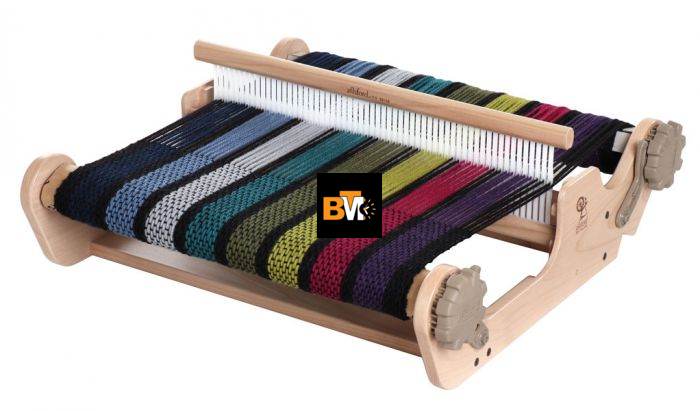
Heddle Type Differences
The main difference between these two looms is the heddle design. A fixed heddle loom has a heddle that stays in one position. This means you manually lift the threads with a stick or needle when weaving. It’s simple and teaches you the basics without confusion. On the other hand, a rigid heddle loom has a heddle that moves up and down, which speeds up the process and allows you to weave more complex patterns faster.
While the rigid heddle can save time, the fixed heddle makes it easier to see how weaving really works. That’s why it’s often recommended as a first step before moving to more advanced tools.
Best for Beginners
For absolute beginners or children under 12, the fixed heddle loom is often the better choice. It’s less overwhelming and more affordable. Most fixed heddle looms cost under $30, while rigid heddle looms can be more expensive and require extra tools like warping pegs and heddle hooks. If you’re teaching weaving in a classroom or doing a weekend craft project, the fixed heddle loom is easier to set up, easier to understand, and more fun right from the start.
What Projects Can You Do?
With a fixed heddle loom, you can make coasters, scarves, placemats, belts, small tapestries, and even tiny rugs. Because the loom is smaller, your projects are usually smaller too—but that’s not a bad thing! You can finish them faster and feel proud of what you’ve made. It’s also great for testing out colors, textures, and yarns before committing to larger projects.
What Materials Do You Need?
Getting started with a fixed heddle loom doesn’t require a big shopping list. Here are the basic materials you’ll need:
- Fixed heddle loom: Choose a child-friendly wooden loom with a built-in heddle frame.
- Yarn or thread: Use soft, medium-thickness yarn (like cotton or acrylic) in fun colors.
- Shuttle: A stick or boat-shaped tool that carries your weft yarn.
- Comb or beater: Used to press the yarn down after each row.
- Scissors: For trimming ends.
- Tapestry needle: To help weave in loose yarn or fix mistakes.
- Measuring tape: To keep track of your project size.
Optional extras: masking tape to hold threads in place, clips to secure ends, or a small bag to store your tools.
Easy Weaving Projects You Can Try First
If you’re new to weaving, start with simple, fun projects that don’t require too much time or yarn. Here are a few ideas:
- Mini wall hangings: Use leftover yarn in different textures and colors.
- Coasters: Weave thick yarn to make small mats for cups.
- Belts or headbands: Try weaving long, thin strips.
- Bookmarks: Use lightweight cotton thread and add tassels at the end.
- Doll blankets: Kids love making tiny woven blankets for toys.
These projects are ideal for kids or anyone who wants a quick win. E
ach finished piece boosts confidence and builds the skills needed for bigger projects later on.
Tips for Kids Using a Fixed Heddle Loom
Weaving can be a fun and calm activity for kids—but there are a few things to keep in mind to make sure they enjoy it.
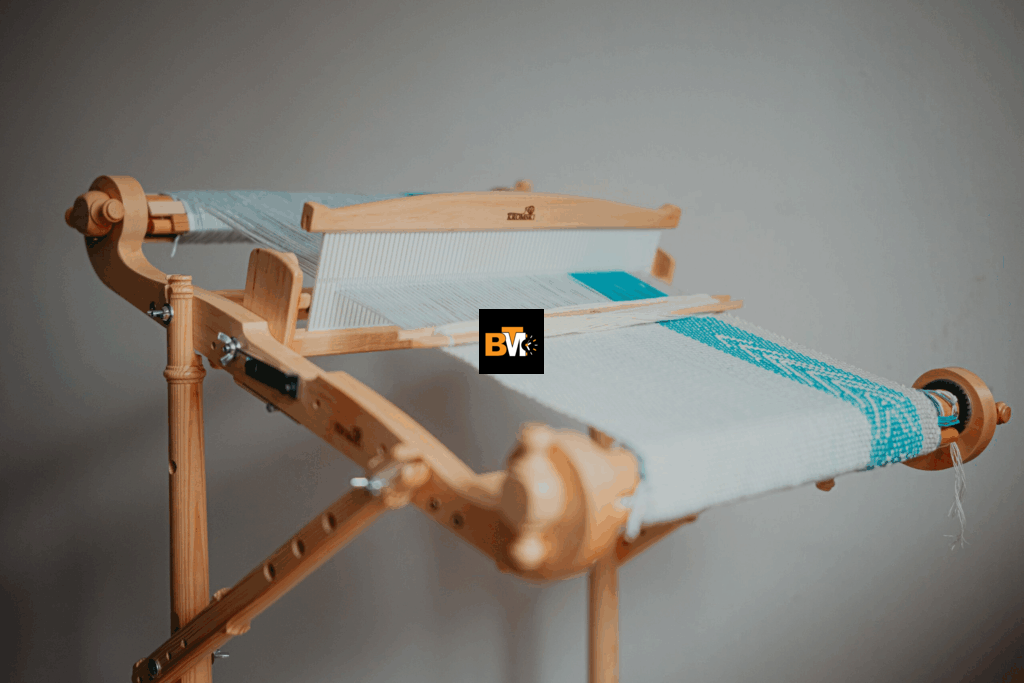
Pick Soft Yarn
Kids’ hands are sensitive. Choosing soft, smooth yarns like worsted cotton or baby-safe acrylic makes weaving feel more pleasant. Avoid scratchy wool or overly textured yarn that might catch in the heddle or feel rough against little fingers.
Use Bright Colors
Bright, fun colors make the process more exciting. Let kids pick their own yarn—rainbows, bold reds, sunny yellows, or soft pastels—whatever gets them excited. They’ll enjoy watching how the colors change row by row.
Don’t Rush!
It’s tempting to try to finish a weaving project fast, but weaving is all about patience. Encourage kids to take their time. If they make a mistake, it’s okay—just go back a few rows and fix it together. Over time, they’ll learn how to avoid those errors and become confident weavers.
Common Mistakes and How to Fix Them
Mistakes are a normal part of learning. One of the most common weaving issues is uneven tension—when some threads are too tight and others are too loose. This can make your fabric look bumpy or crooked. The best fix is to make sure your warp threads are pulled evenly tight before you start.
Another common mistake is missing the over-under pattern. If you notice that the rows don’t look right, stop and go back a few steps. It’s easy to fix and helps you learn how to spot problems faster. Don’t forget: weaving is not about perfection, it’s about enjoying the process.
The Bottom Line
The fixed heddle loom is one of the best ways to explore weaving, especially if you’re a beginner, a parent, a teacher, or even just curious. It offers a fun, low-cost, and creative experience that helps build focus, patience, and confidence. You don’t need expensive tools or a big studio to get started—just a small loom, some colorful yarn, and a little curiosity. Whether you’re weaving your first bookmark or dreaming of a wall hanging masterpiece, the fixed heddle loom is the perfect place to begin your weaving journey. So grab your yarn, pick your favorite colors, and start weaving today—because the joy of creating something with your own hands is truly priceless.

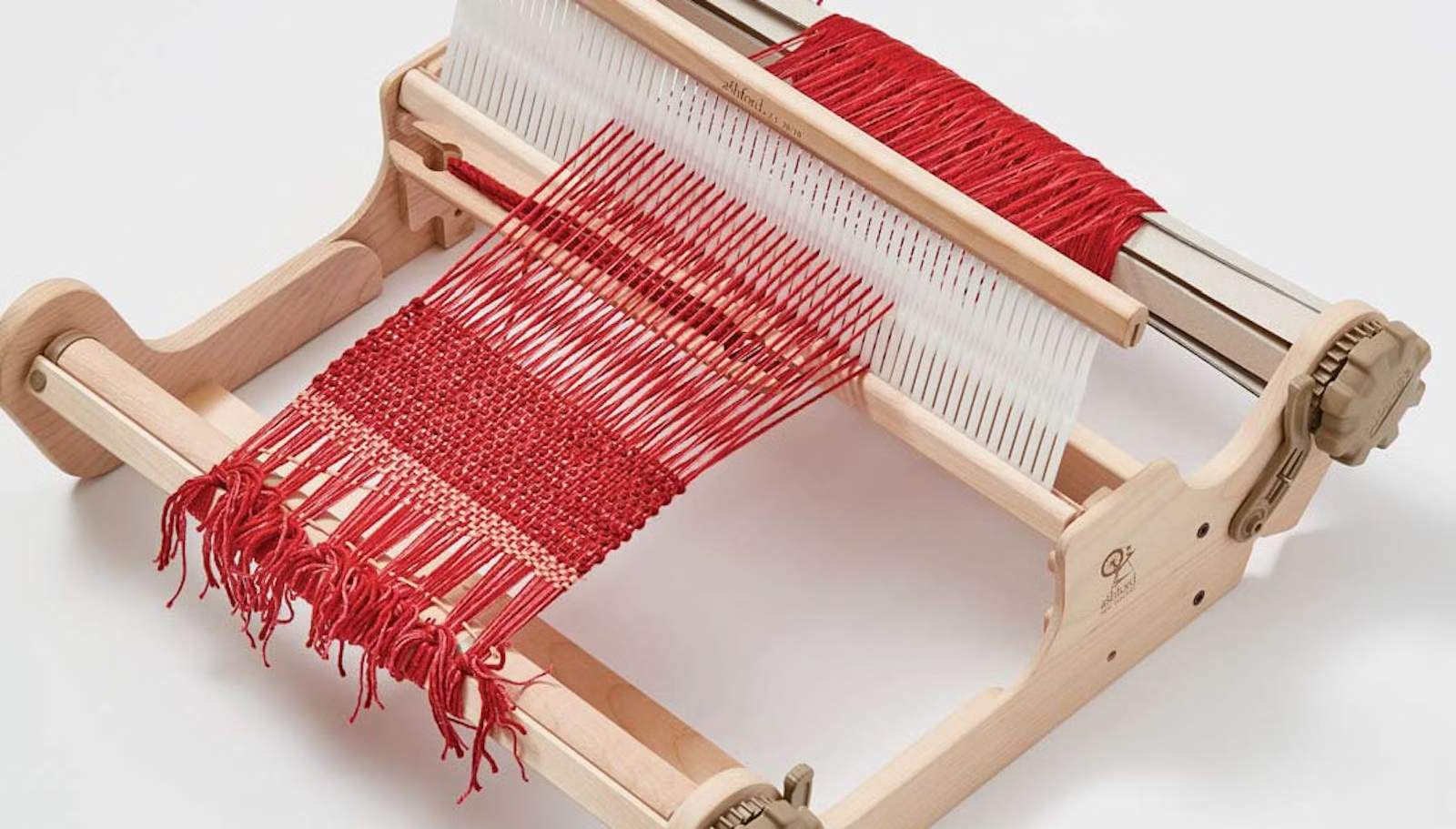

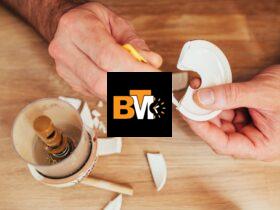

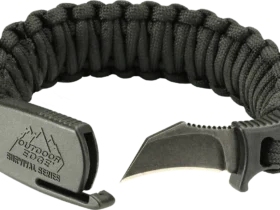
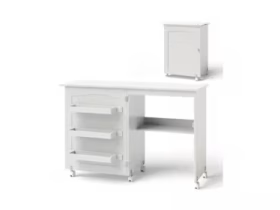
Leave a Reply